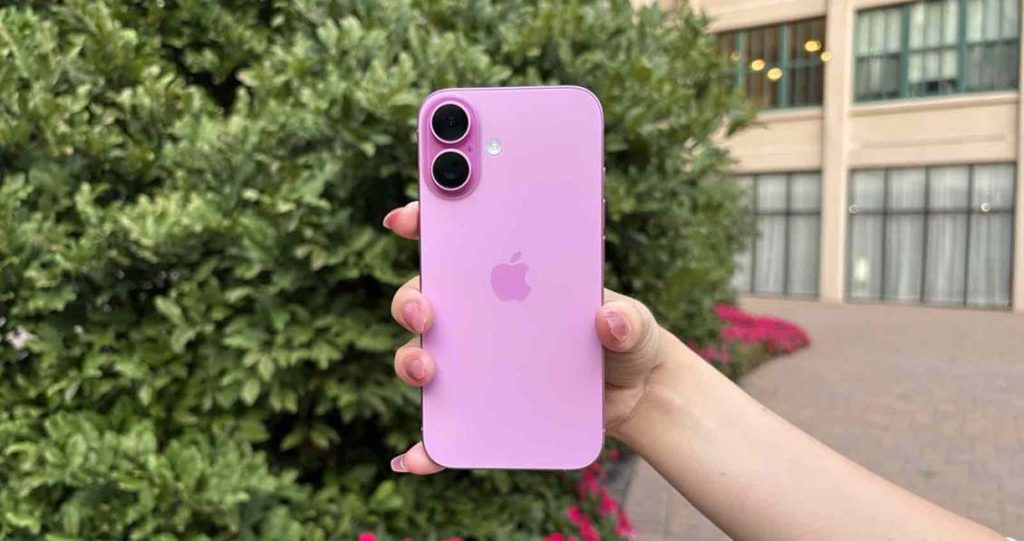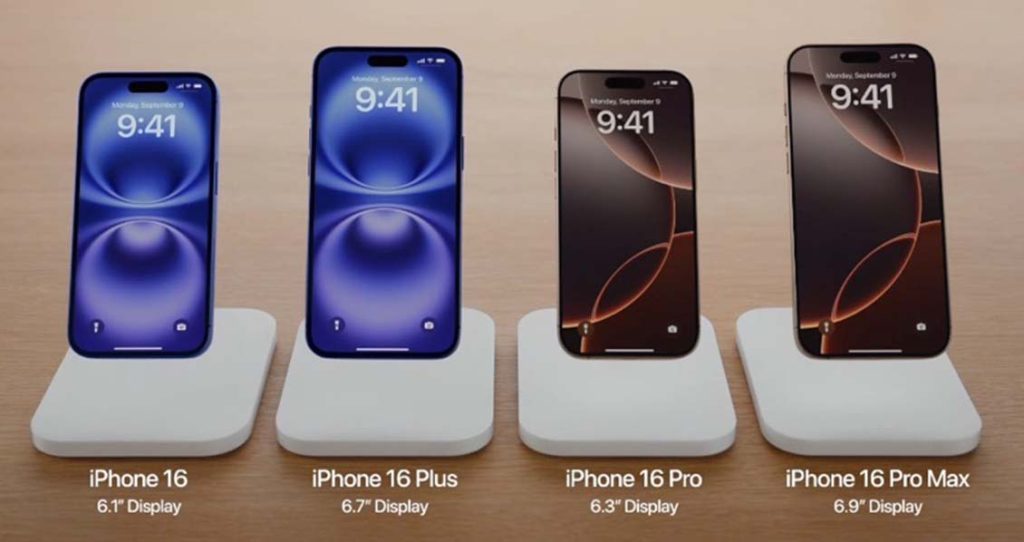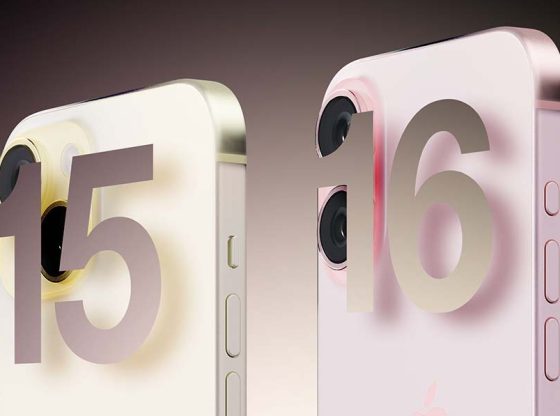The launch of the iPhone 16 has generated considerable buzz, particularly among users considering an upgrade from the iPhone 15. This article delves into the key differences and new features of both models, helping you make an informed decision.
Design and Display
The iPhone 16 retains the flat-edge design of its predecessor and features a Ceramic Shield front cover. However, it introduces notable enhancements in display technology. The iPhone 16 comes with a larger screen, measuring 6.2 inches for the base model and 6.9 inches for the Plus model, compared to the iPhone 15’s 6.1-inch and 6.7-inch displays. This increase in screen size is paired with slimmer bezels, resulting in a more immersive viewing experience.
Both models utilize OLED technology, but the iPhone 16 boasts improved outdoor brightness and enhanced color accuracy. Additionally, Apple has added new color options for the iPhone 16, including Black, White, Pink, Teal, and Ultramarine.
Performance
Under the hood, the iPhone 16 is powered by Apple’s latest A18 chip, built on a 3-nanometer architecture, offering significant performance improvements over the A17 chip in the iPhone 15. This new chip enhances processing speeds, energy efficiency, and multitasking capabilities. Additionally, the iPhone 16 features an upgraded neural engine, boosting AI-driven tasks such as image processing and Siri responses.
Apple has introduced a suite of AI capabilities branded as “Apple Intelligence.” These features enable advanced functionalities like image editing, text generation, and more intuitive Siri interactions, making the iPhone 16 a compelling choice for productivity and creativity.

Camera Enhancements
While both the iPhone 16 and iPhone 15 feature a 48-megapixel main camera and a 12-megapixel ultra-wide camera, the iPhone 16 includes significant upgrades. The ultra-wide camera now supports macro photography, allowing for detailed close-up shots with the standard model.
The iPhone 16 also enhances its Photographic Styles, offering users more customization options for their photos. A new feature called Spatial Video allows for the capture of 3D video content, which can be viewed on Apple’s Vision Pro headset.
Battery and Charging
The battery life of the iPhone 16 has seen a slight improvement, offering about a 10% increase in video playback time compared to the iPhone 15. The iPhone 16 supports 25W MagSafe wireless charging, a significant upgrade from the iPhone 15’s 15W limit, enabling faster wireless recharging. However, wired charging speeds remain at 20W for both models. The introduction of Qi2 wireless charging ensures compatibility with future wireless charging standards.
Connectivity
Both the iPhone 15 and iPhone 16 have transitioned to USB-C ports, replacing Apple’s proprietary Lightning connector. However, the iPhone 16 offers faster data transfer speeds compared to the iPhone 15’s USB 2.0 speeds. Both devices support 5G connectivity, Wi-Fi 6E, and Bluetooth 5.3, ensuring robust connectivity options.
Additional Features
Both models are equipped with Face ID, IP68 water and dust resistance, and dual-SIM capabilities. However, the iPhone 16 features improved GPS accuracy, making it a better choice for outdoor navigation. Apple continues to emphasize environmental sustainability, using recycled materials in the iPhone 16’s construction.

Should You Upgrade?
For users of the iPhone 14 or older, the iPhone 16 presents a significant upgrade. However, if you already own an iPhone 15, the decision may hinge on specific needs for enhanced processing power, AI-driven features, or improved photography capabilities. The larger display, faster wireless charging, and macro photography options make the iPhone 16 appealing, especially for those who prioritize multimedia and photography.
While the changes may not be groundbreaking, the iPhone 16 offers enough enhancements in performance, camera capabilities, and AI features to warrant consideration for anyone looking for a high-performance device suitable for productivity and creativity. The investment in the iPhone 16 could prove worthwhile, especially with its new “Apple Intelligence” capabilities, which significantly enhance the user experience.

